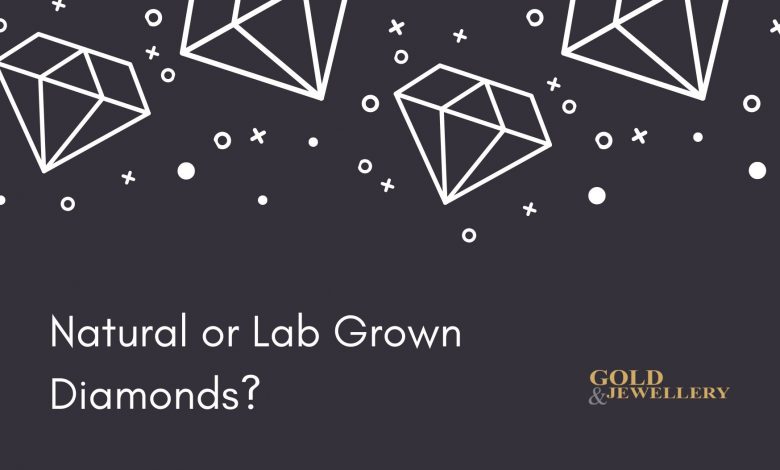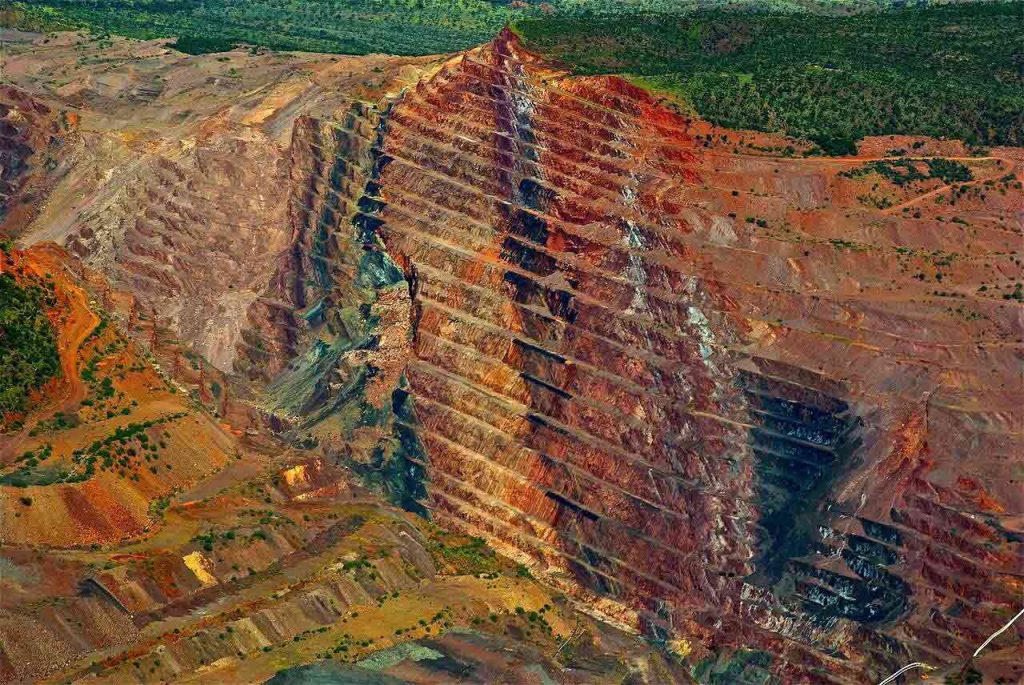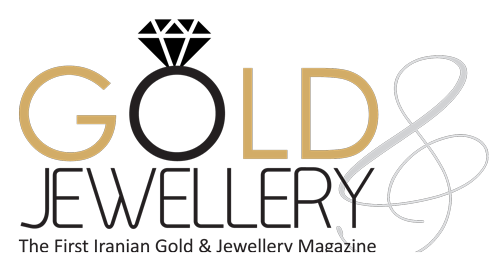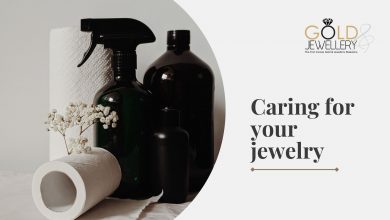Lab Grown or Natural Diamonds?

Origins
The word diamond comes from the Greeks word “adamas” meaning unbreakable or unchangeable. Since their discovery nearly 4,000 years ago, natural diamonds have fascinated humans with their unique, never-before-seen properties. They immediately came to symbolize strength, flexibility and power. When the ancient Greeks named them “adamas,” meaning “invincible” (just like love), they turned diamonds into an eternal symbol of love. Cupid’s arrow is tipped with diamonds, as it is said that they aid in love. The first known diamond engagement ring was given in 1477, sparking tradition and cementing their place as the ultimate symbol of love that comes in various shapes and cuts.
Detecting Diamonds
Both natural and lab-grown diamonds are polyhedral and crystal-clear crystals made of carbon that create a vibrant array of spectral colors when exposed to direct light. They have an indistinguishable appearance to the naked eye. However, their age and origin vary significantly. Natural diamonds are typically a billion years old or older, whereas lab-grown diamonds are recently cultivated in a laboratory.
The distinction between natural diamonds and laboratory diamonds is not visible to the naked eye. Natural diamonds often contain trace amounts of nitrogen, while lab-grown diamonds are free from nitrogen. This characteristic is one of the indicators that gemologists utilize to differentiate between lab-grown and natural diamonds.
Selecting Diamonds
There is no right or wrong answer when it comes to choosing between a lab-grown diamond and a natural diamond. The choice is entirely yours. Things to consider when choosing include your budget, your preference, and resale value.
Although lab diamonds are often much cheaper than mined diamonds, the price does not automatically indicate that you are getting a lab stone. For example, a mined diamond that is of poor quality may actually cost less than a lab-grown diamond in excellent condition.
Lab Grown Diamonds
A lab-grown diamond costs approximately 30-50% less than a natural diamond, allowing you to purchase a larger diamond and still consider it a genuine diamond.
The distinction between natural and lab-grown diamonds cannot be discerned without the aid of magnification. Lab diamonds possess the same physical and chemical properties as natural diamonds, making them equally stunning in appearance.
Lab-grown diamonds are often regarded as a more ethical choice since they do not involve mining. However, the implementation of the Kimberley Process in 2003 has successfully prevented human rights abuses in diamond mining.
If the primary focus is not on the diamond’s resale value, lab-grown diamonds serve as an excellent alternative to expensive natural diamonds, providing more value for your money.
This type of diamond avoids the environmental and ethical concerns associated with natural diamond mining. However, lab-grown diamonds have their own challenges. For instance, they require significant energy due to the high heat involved in their production. Nonetheless, it is possible to grow them using renewable energy sources.
Lab diamonds may experience a decline in value over time, particularly with increased production, resulting in lower resale prices as the market becomes saturated.
Natural Diamonds
Natural diamonds have maintained their timeless appeal and continue to be highly popular worldwide. They are widely recognized as an international symbol of love and commitment.
One of the key factors that contribute to the value of natural diamonds is their rarity. Due to their limited supply, natural diamonds tend to hold their value better compared to lab-grown diamonds. The principles of supply and demand dictate that when demand increases, especially with limited supply, the value of natural diamonds also increases.
The preference for natural diamonds stems from the desire for a sense of uniqueness and specialness. Given the choice between lab-grown and natural diamonds, most individuals opt for natural stones because wearing jewelry adorned with a rare and attractive gem makes them feel special.
Diamonds are not only objects of beauty but also valuable natural resources that can contribute significantly to the economies of countries involved in their mining and trade.
In terms of durability, natural diamonds are the hardest known natural substance on Earth and do not wear down over time, even with heavy use.
However, it is worth noting that the mining of natural diamonds does have environmental implications. The limited number of natural diamonds necessitates mining practices that often rely on diesel-powered machinery emitting substantial carbon emissions. Additionally, diamond mining requires substantial amounts of water, energy, and resources.
It is essential to consider both the beauty and environmental impact when making choices regarding diamonds and their origins.
Mining Diamonds

Since the 1870s, a significant portion of the world’s gem-quality diamonds have been mined in Africa. In recent decades, even though many countries have emerged as top producers, the core of gem-quality natural diamonds remains in Africa.
Worldwide, diamonds are found in more than 35 countries. Russia and Botswana have emerged as top players in the production of gem-quality diamonds. On the other hand, Australia produces most of the industrial quality diamonds.
In addition, diamonds are also found in the United States of America, Siberia, Brazil, China, Canada, etc.
Care
To maintain the beauty of your diamond jewelry, it is recommended to follow a few cleaning steps. First, you should soak the jewelry once or twice a week in a mild degreasing solution. This solution can be prepared by mixing water with a few drops of dish soap. After soaking, remove the diamond from the cleaning solution and use a soft, clean toothbrush to gently remove any dirt or debris. make sure the toothbrush should be new and dedicated solely to cleaning your jewelry. Pay extra attention to hard-to-reach areas like the back of the diamond, as they tend to accumulate more dirt.
However, it’s crucial to avoid using chlorine bleach or abrasive substances such as household cleaners or toothpaste when cleaning diamond jewelry. These chemicals can cause damage to the metals used in diamond settings, especially those alloyed with gold. Additionally, abrasives have the potential to scratch gold and other metals. Therefore, it’s best to stick to the recommended mild degreasing solution and a soft toothbrush for cleaning your diamond jewelry.




